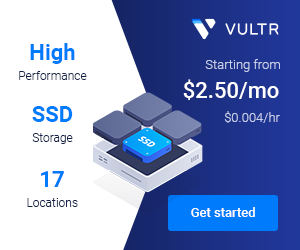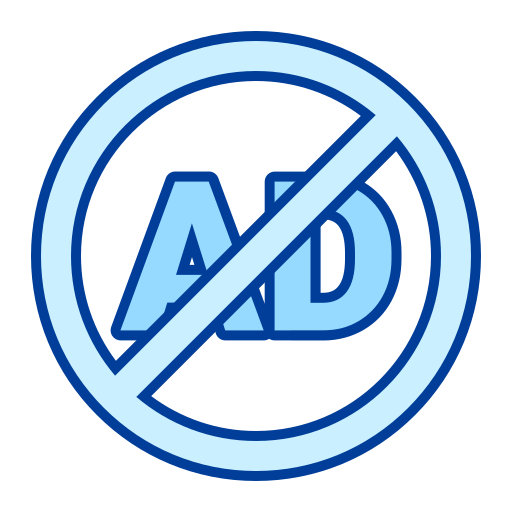Modern web development demands flexibility, performance, and maintainability. Developers constantly search for technology combinations that deliver exceptional user experiences while maintaining clean, scalable codebases. The React and Laravel combination has emerged as a powerful solution that addresses these challenges head-on.
Laravel's elegant backend architecture paired with React's dynamic frontend capabilities creates applications that users love and developers enjoy building. This stack has powered countless successful projects, from startup MVPs to enterprise-level platforms.
Understanding the React and Laravel Partnership
Laravel: The Backend Foundation
Laravel provides a robust foundation for API development with its expressive syntax and comprehensive feature set. The framework handles authentication, database management, and business logic with remarkable elegance.
Built-in features like Eloquent ORM, middleware, and queue systems make Laravel ideal for complex backend operations. The framework's emphasis on developer experience translates to faster development cycles and more maintainable code.
React: Frontend Excellence
React transforms user interfaces into interactive, responsive experiences. Its component-based architecture promotes code reusability and makes complex interfaces manageable.
The virtual DOM ensures optimal performance, even with frequent updates. React's ecosystem provides solutions for routing, state management, and UI components that accelerate development.
Architectural Advantages of This Stack
Separation of Concerns
The React-Laravel combination enforces clean separation between frontend and backend logic. This architecture improves code organization and enables teams to work independently on different application layers.
APIs built with Laravel serve multiple clients – web applications, mobile apps, and third-party integrations. This flexibility proves valuable as applications grow and requirements evolve.
Scalability by Design
Both technologies handle growth gracefully. Laravel's queue system manages background processing, while React's component architecture scales with application complexity.
Database optimization tools in Laravel work seamlessly with React's efficient rendering, ensuring consistent performance as user bases expand.
Setting Up Your Development Environment
Laravel API Configuration
Start by creating a fresh Laravel installation focused on API development. Configure CORS middleware to handle cross-origin requests from your React application.
Laravel Sanctum provides simple token-based authentication that integrates perfectly with React's HTTP clients. This setup eliminates authentication complexity while maintaining security best practices.
React Application Structure
Create React applications using modern tooling like Vite or Create React App. These tools provide optimized build processes and development servers that enhance productivity.
Structure your React components logically, separating presentational components from container components that handle data fetching and state management.
Data Flow and State Management
API Communication Patterns
Implement consistent patterns for API communication using libraries like Axios or the native Fetch API. Create service layers that abstract API calls and handle error conditions gracefully.
Laravel's resource controllers provide RESTful endpoints that align perfectly with React's data fetching patterns. This consistency reduces complexity and improves code predictability.
Frontend State Solutions
Choose state management solutions based on application complexity. Simple applications work well with React's built-in state, while complex applications benefit from Redux or Context API patterns.
Server state management libraries like React Query or SWR handle caching, synchronization, and background updates automatically, reducing boilerplate code significantly.
Authentication and Security
Token-Based Authentication
Laravel Sanctum generates API tokens that React applications can store securely. This approach eliminates session management complexity while maintaining robust security.
Implement automatic token refresh patterns to maintain user sessions without interrupting the user experience. Handle token expiration gracefully with appropriate redirect logic.
Security Best Practices
Validate all inputs on both frontend and backend layers. Laravel's validation system provides comprehensive rules, while React can implement client-side validation for immediate user feedback.
Implement CSRF protection, input sanitization, and proper error handling throughout your application stack.
Performance Optimization Strategies
Backend Optimization
Laravel's caching systems dramatically improve API response times. Implement query caching, route caching, and view caching where appropriate.
Database optimization through proper indexing and query optimization ensures consistent performance as data volumes grow.
Frontend Performance
React's code splitting capabilities allow applications to load only necessary components initially. Implement lazy loading for routes and components to reduce initial bundle sizes.
Optimize images, implement proper caching headers, and use CDN services to improve load times across different geographic locations.
Development Workflow Enhancement
Testing Strategies
Laravel's testing suite provides comprehensive backend testing capabilities. Write feature tests for API endpoints and unit tests for business logic components.
React testing libraries like Jest and React Testing Library enable thorough frontend testing. Test components in isolation and integration scenarios to ensure reliability.
Development Tools
Laravel's Artisan commands streamline common development tasks. Generate controllers, models, and migrations quickly while maintaining consistent code structure.
React DevTools and Laravel Telescope provide powerful debugging capabilities that accelerate development and troubleshooting processes.
Real-World Implementation Examples
E-commerce Platforms
Online stores benefit from Laravel's inventory management capabilities and React's interactive product interfaces. Shopping cart functionality, payment processing, and order management integrate seamlessly.
Real-time features like inventory updates and order tracking enhance user experience while Laravel's queue system handles background processing efficiently.
Content Management Systems
Editorial workflows powered by Laravel APIs provide robust content creation and management capabilities. React interfaces enable rich text editing, media management, and publication workflows.
Multi-user collaboration features, version control, and workflow automation become manageable with this technology combination.
Business Applications
CRM systems, project management tools, and analytics dashboards leverage Laravel's data processing capabilities alongside React's interactive interfaces.
Complex business logic remains organized in Laravel controllers and services, while React components present data in intuitive, user-friendly formats.
Integration with Modern Tools
Build and Deployment
Modern deployment pipelines support both Laravel and React applications effectively. Container-based deployments simplify environment management and scaling operations.
CI/CD workflows can build, test, and deploy both applications independently or together, depending on project requirements and team preferences.
Monitoring and Analytics
Application monitoring tools work seamlessly with both technologies. Track API performance, frontend errors, and user interactions to maintain optimal application health.
Laravel's logging capabilities combined with React error boundaries provide comprehensive error tracking and debugging information.
Team Collaboration Benefits
Skill Specialization
Teams can specialize in frontend or backend development while maintaining clear interfaces between application layers. This specialization often leads to higher quality code and faster development cycles.
API contracts serve as communication tools between frontend and backend teams, ensuring consistent expectations and reducing integration issues.
Code Reusability
Laravel APIs serve multiple clients, maximizing backend development investment. React components can be reused across different application sections or even different projects.
Shared component libraries and API services reduce development time for new features and maintain consistency across applications.
Migration and Legacy Integration
Gradual Modernization
Existing applications can adopt this stack incrementally. Replace legacy frontend components with React while maintaining existing Laravel backends, or vice versa.
API-first approaches enable smooth transitions without disrupting existing functionality or user experiences.
Legacy System Integration
Laravel's flexible architecture integrates with existing databases, services, and business systems. React frontends can consume data from multiple sources while presenting unified interfaces.
Future-Proofing Considerations
Technology Evolution
Both React and Laravel maintain active development communities with regular updates and improvements. This ensures long-term viability and access to modern web development practices.
The ecosystem around both technologies continues expanding, providing solutions for emerging requirements like PWA functionality, real-time features, and advanced performance optimization.
Scalability Planning
Applications built with this stack can grow from simple prototypes to complex enterprise systems. The architectural patterns established early in development continue supporting growth requirements.
Microservices architectures, API gateways, and advanced caching strategies integrate naturally with React-Laravel applications as scaling needs evolve.
Common Challenges and Solutions
Development Complexity
Managing two separate applications requires coordination and planning. Establish clear development workflows, API versioning strategies, and deployment procedures early in projects.
Use tools like OpenAPI specifications to document APIs and ensure consistency between frontend and backend implementations.
Performance Considerations
Optimize database queries, implement appropriate caching strategies, and use performance monitoring tools to identify bottlenecks. Both technologies provide extensive optimization options when properly configured.
Conclusion
The React and Laravel combination delivers exceptional results for modern web applications. Laravel's backend elegance paired with React's frontend capabilities creates applications that perform well, scale effectively, and provide outstanding user experiences.
This stack has proven its value across countless projects and continues evolving with modern web development practices. The strong communities around both technologies ensure continued support, improvements, and learning resources.
For applications requiring robust backends with interactive frontends, few technology combinations match the power and flexibility of React with Laravel. The investment in learning this stack pays dividends through improved development speed, application quality, and long-term maintainability.
Whether building your first full-stack application or modernizing existing systems, React and Laravel provide the foundation needed for success in today's competitive web development landscape.




